Tuesday, 12:00pm
26 July 2022
Reclaim their names
Jahnavi Inniss, whose work is on the cover of Eye 103, urges us to ‘dig deeper’ into history. By Anoushka Khandwala
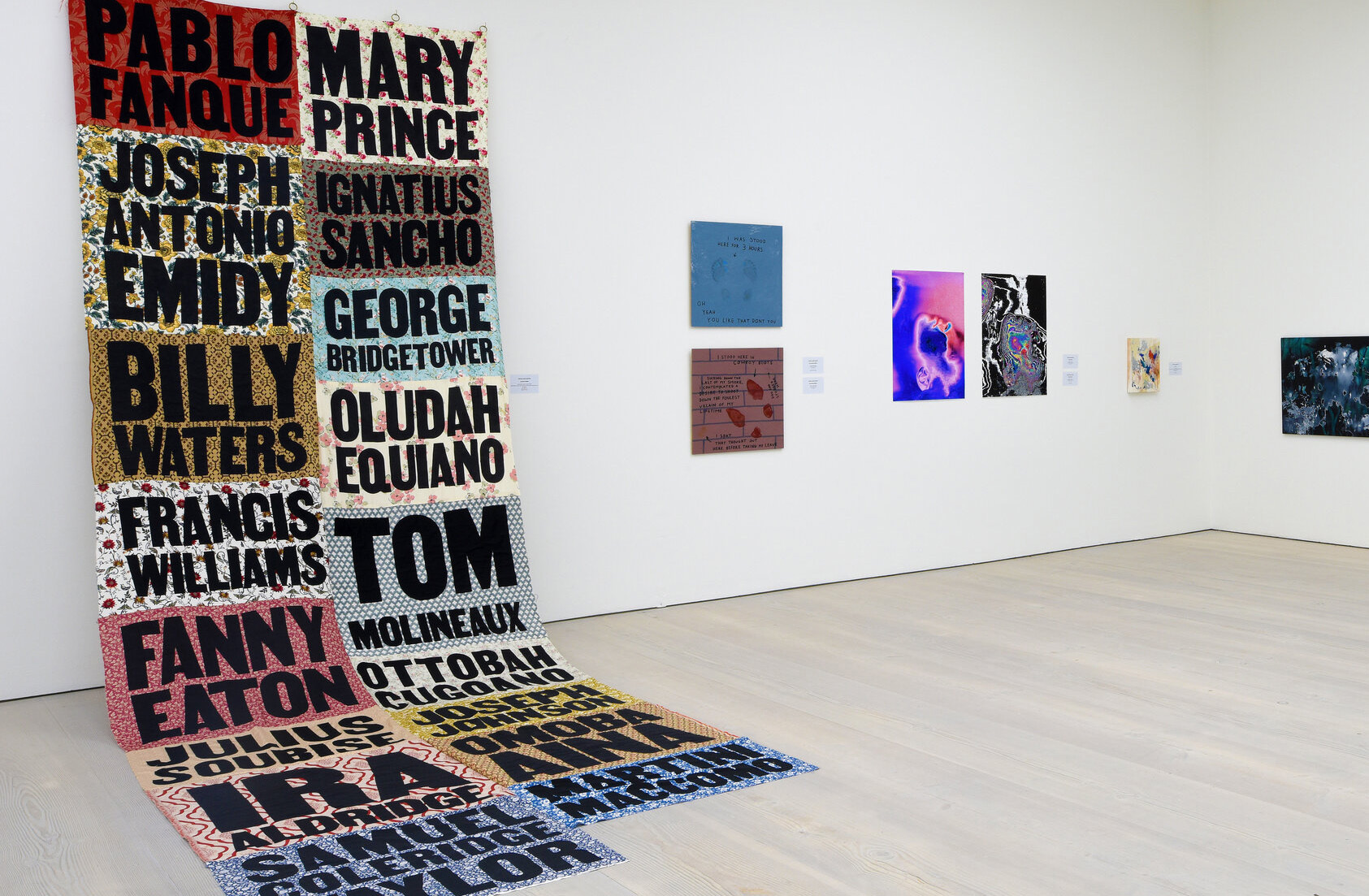
On graduating from Central Saint Martins’ BA Graphic Communication Design course, Jahnavi Inniss went straight into the challenging environment of a pandemic-struck industry. She was well prepared, however, writes Anoushka Khandwala.
Growing up, Inniss was immersed in values that she says were ‘principled in equality and knowledge’. She attributes this to her father, a trades union organiser, who instilled in her the importance of questioning everything – particularly the conditions that have been handed to us – as a path to reimagining a better future.
Inniss’s quilt Black British History 1729-1875 spotlights Black Britons – including composer Samuel Coleridge-Taylor, model Fanny Eaton, abolitionist Mary Prince and circus owner Pablo Fanque – whose names have been lost to collective memory. The work began as a final-year university project and is informed by careful research. Inniss says that within the Black community, much history is passed down orally. This provided an impetus for her to document that which might otherwise be forgotten. ‘I chose the time period of the quilt, from the seventeenth to nineteenth century,’ she explains, ‘because I wanted to counter the idea that the mass migration of Caribbean immigrants to the UK happened only in the Windrush period.’
Right and Above. Black British History 1729-1875 quilt by Jahnavi Inniss, exhibited at the Saatchi Gallery in 2020.

Multiple narratives were integral to the project. Inniss explains that the way the Windrush story is told can make it seem as if there were only a single boat that arrived from the Caribbean. ‘The fact that my grandad came here before the Windrush made me want to demonstrate that this isn’t just our singular history.’
The project took off as soon as she graduated. Black British History 1729-1875 was exhibited at the Saatchi Gallery, won a Nova award and was featured on billboards around the UK through Black Outdoor Art. When this initiative was covered in my Eye 103 article ‘Battlefield of ideas’, a detail of Innis’s billboard was shown on the cover. Because Inniss’s work can adapt to so many different contexts, it helps fulfil the project’s intention – that as many people as possible should be able to engage with underrepresented histories – many times over.
Black British History 1729-1875 by Jahnavi Inniss, 2020. Part of the Black Outdoor Art (BOA) initiative founded by Greg Bunbury, the billboard featured on the cover of Eye 103. Photograph by Inniss.
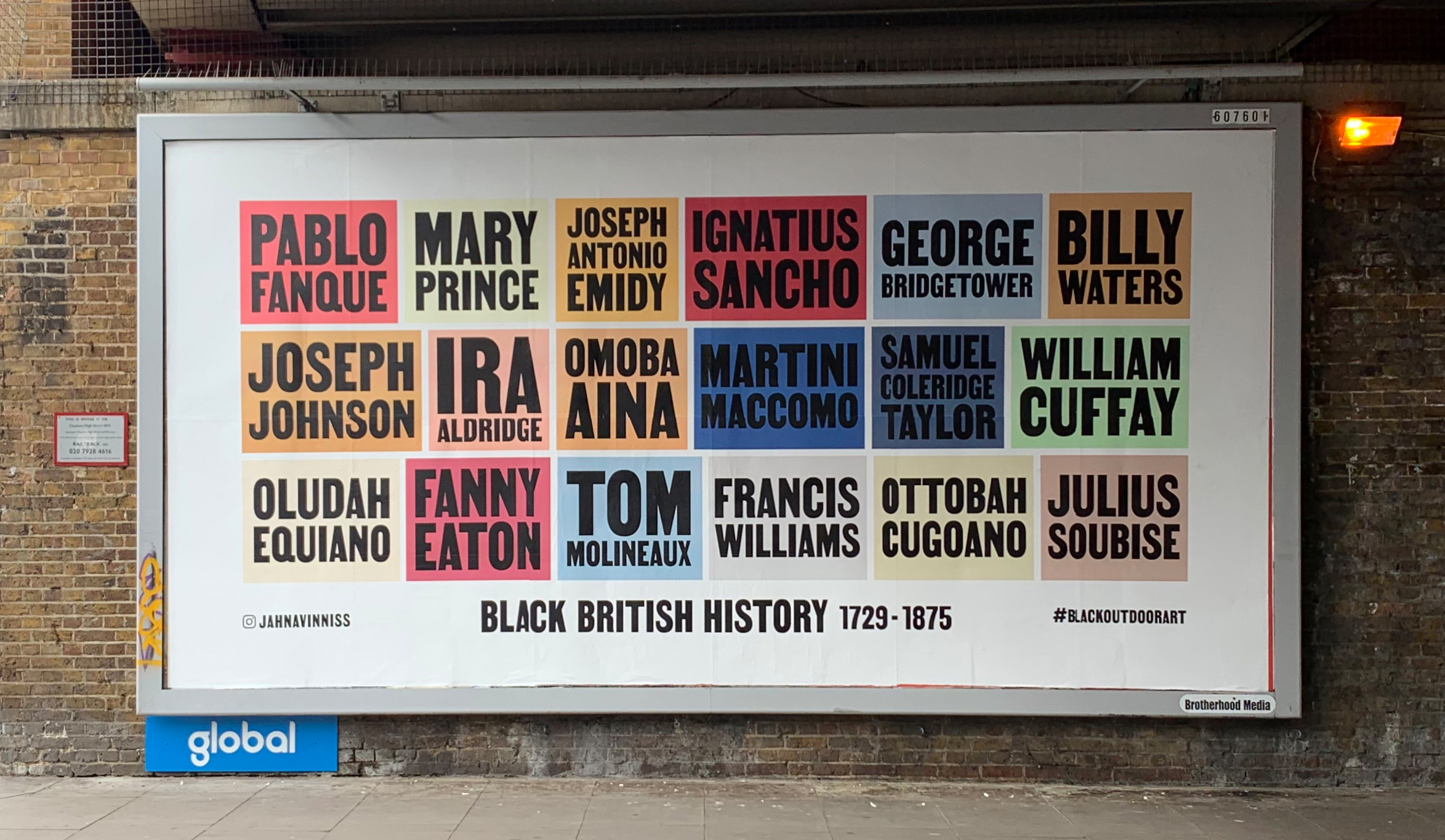
Readers might also have seen Inniss’ work on the cover of celebrated writer Emma Dabiri’s book What White People Can Do Next. The handmade processes involved in the cover are fast becoming an Inniss staple. Dabiri has even said that the cover was able to visually articulate something that she had been struggling to do herself, as the book’s author.
On the cover, embroidered flowers grow from the roots of the words ‘from allyship to coalition’, which then bloom around the words of the title. Inniss chose to use flowers based on the book‘s themes of unity, hope and togetherness, which, due to their roots in solidarity, can thrive successfully. Embroidery became a key form of making here, referencing women’s knit circles and highlighting how rarely craft is taken seriously as a design form.
Inniss hand-embroidered the cover of What White People Can Do Next, published in 2021 by Penguin.
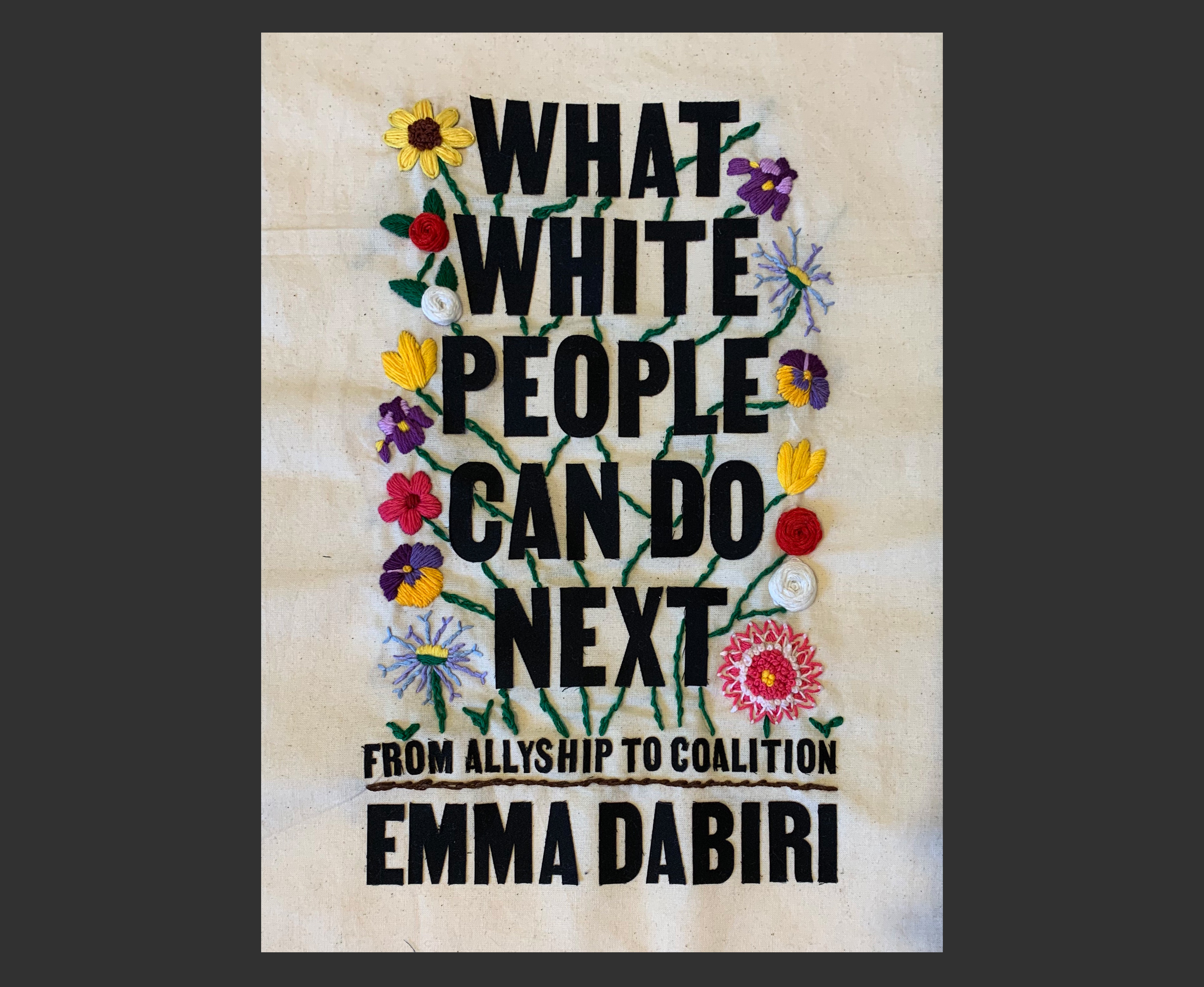
Inniss is a rare example of a designer whose values infiltrate her entire process – from concept, to method, materials, and realisation. She has been part of Tate Collective and Somerset House’s Young Producers; and she has been a ‘Young Craft Citizen’ at the Crafts Council. When I ask her what’s next, Inniss announces that she is looking for a job. (Future employers, look no further!)
In 2020, Inniss designed the visuals for ‘Black History Month – The Barlett’ event series at University College London.
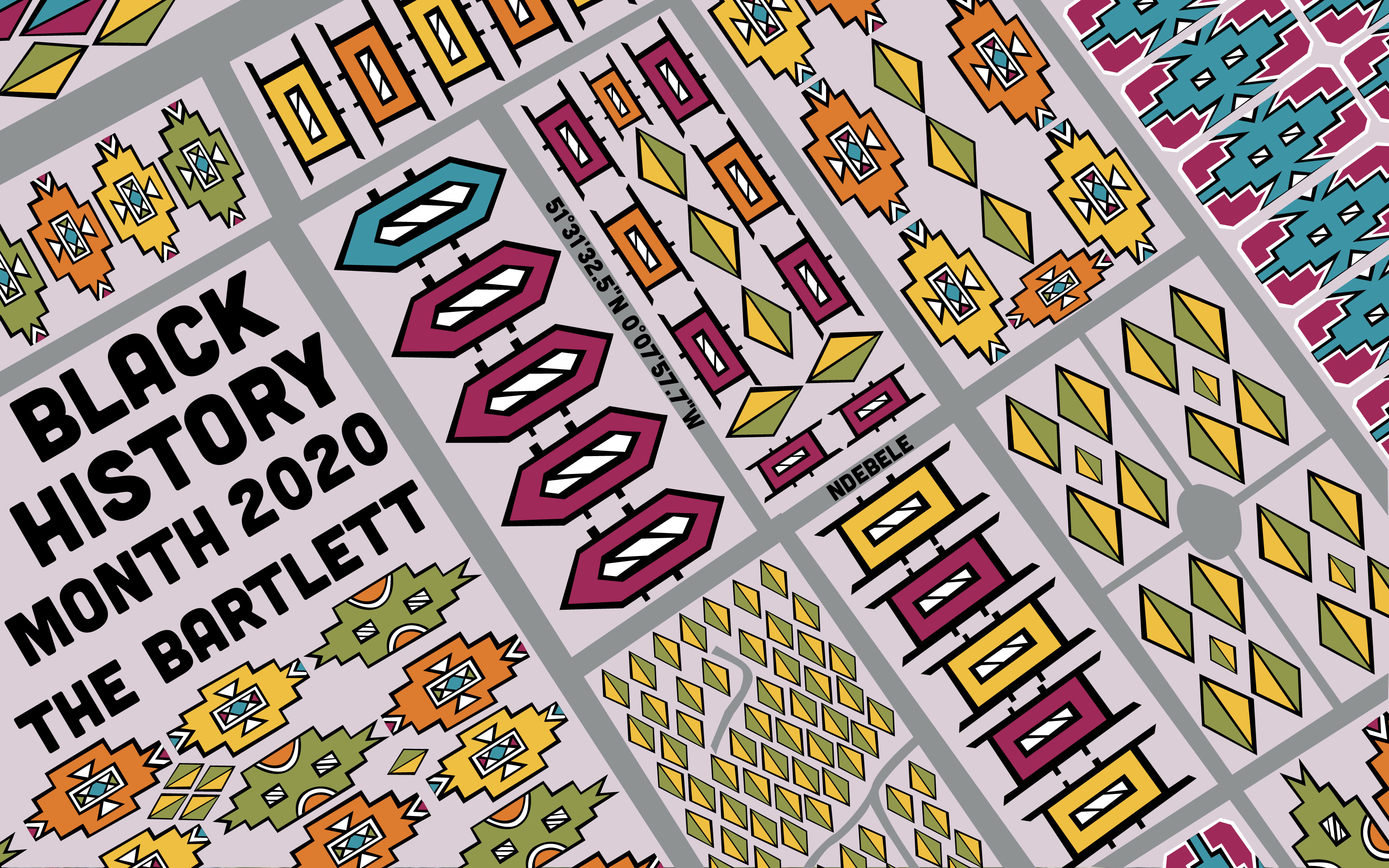
The depth of research that any designer carries out on a given project is something that can make or break the efficacy of their work. In the case of Jahnavi Inniss, ‘not really accepting things for how they are’, is both research strategy … and moral ethos.
Anoushka Khandwala, designer, writer, educator, London
Cover of Eye 103, which features a detail of the BOA billboard Black British History 1729-1875 by Jahnavi Inniss.
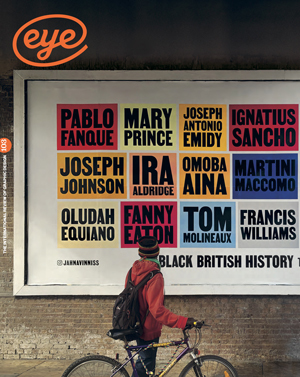
Eye is the world’s most beautiful and collectable graphic design journal, published for professional designers, students and anyone interested in critical, informed writing about graphic design and visual culture. It is available from all good design bookshops and online at the Eye shop, where you can buy subscriptions and single issues.
